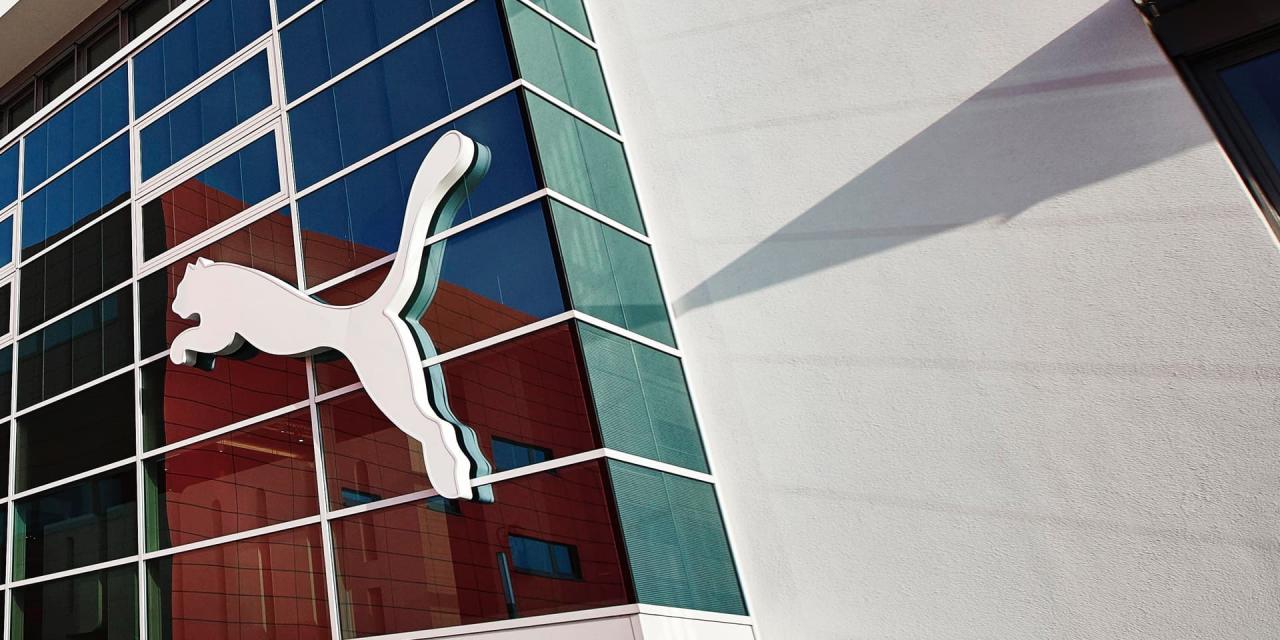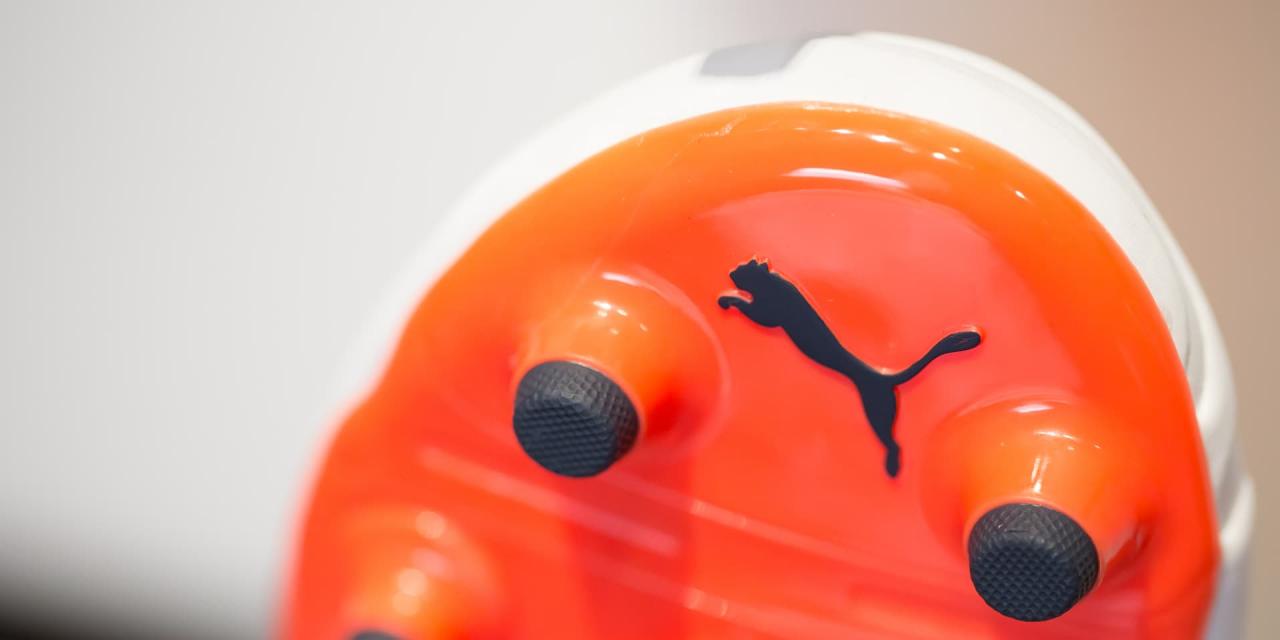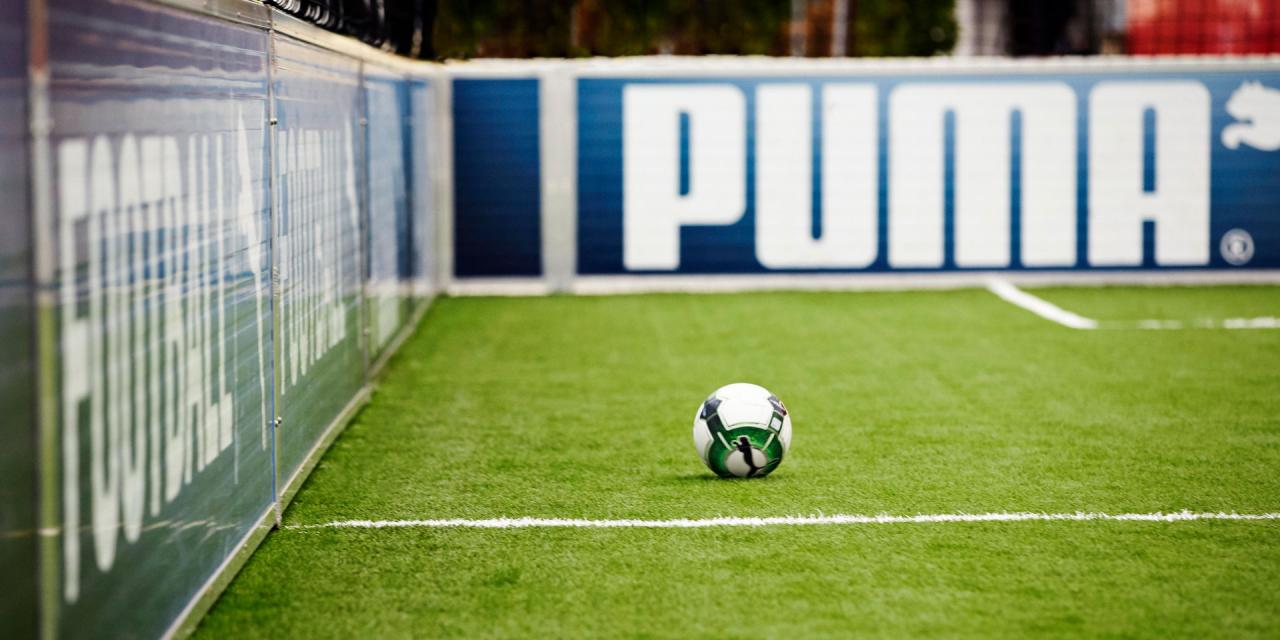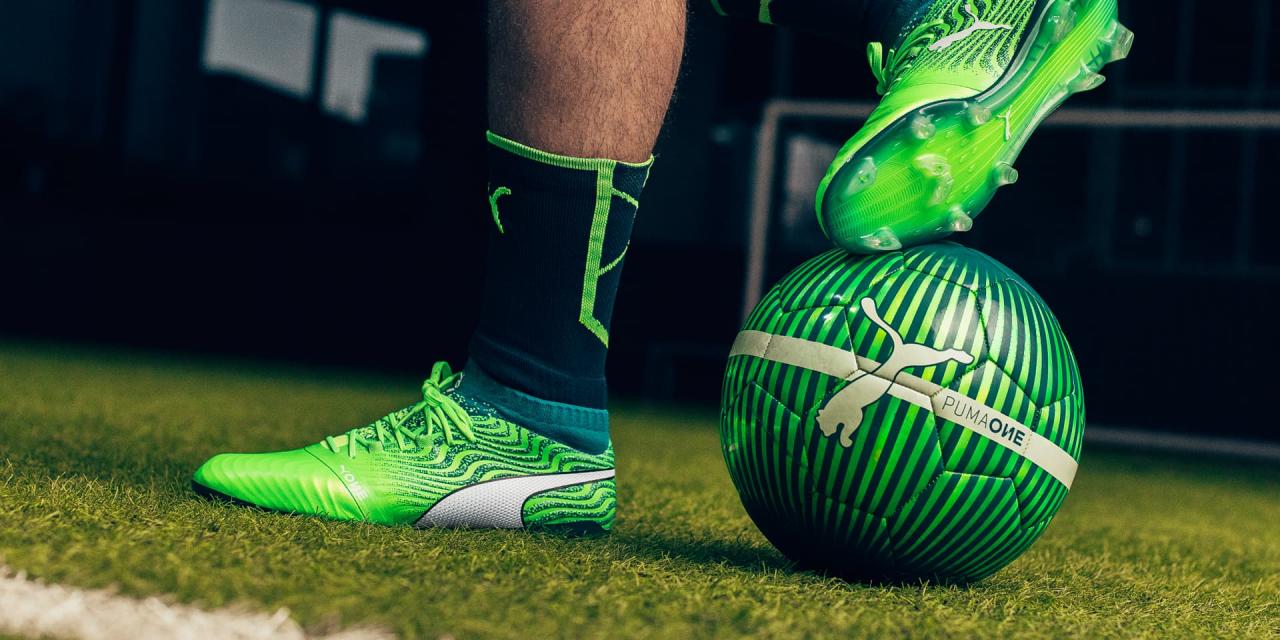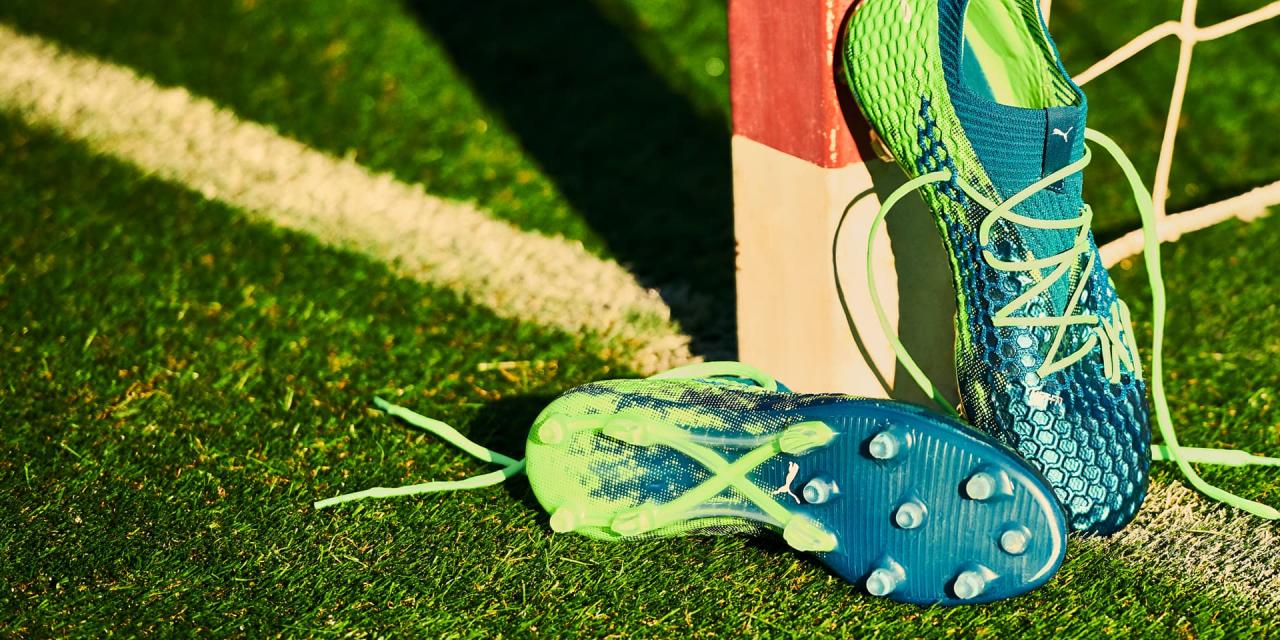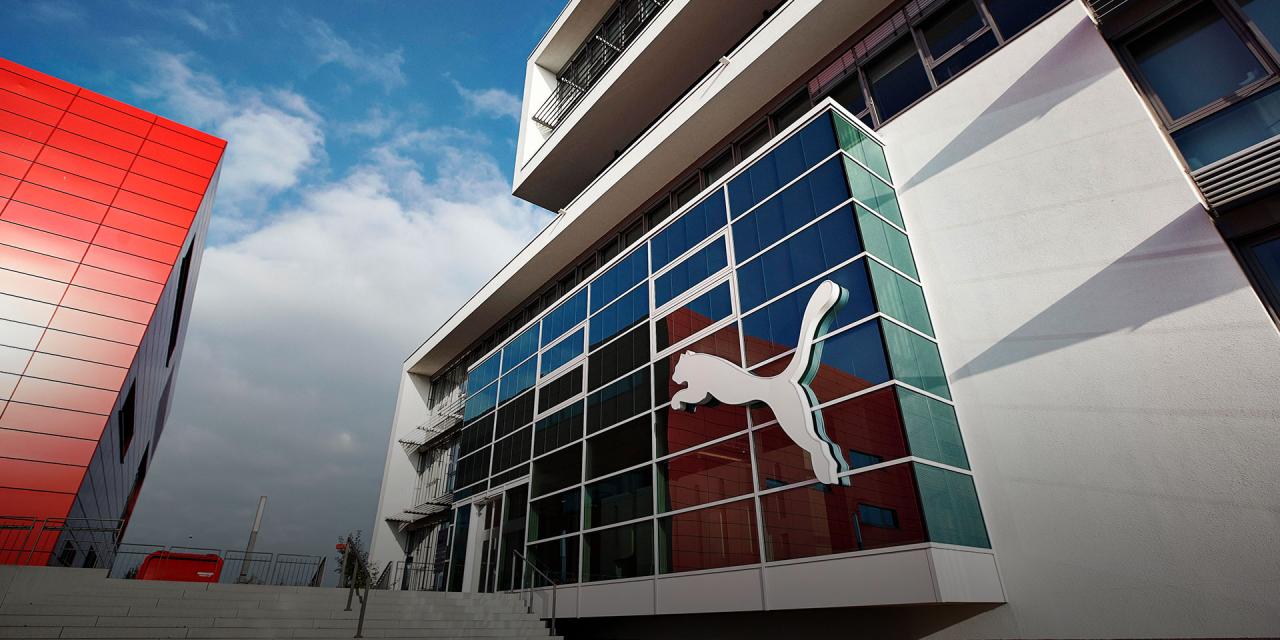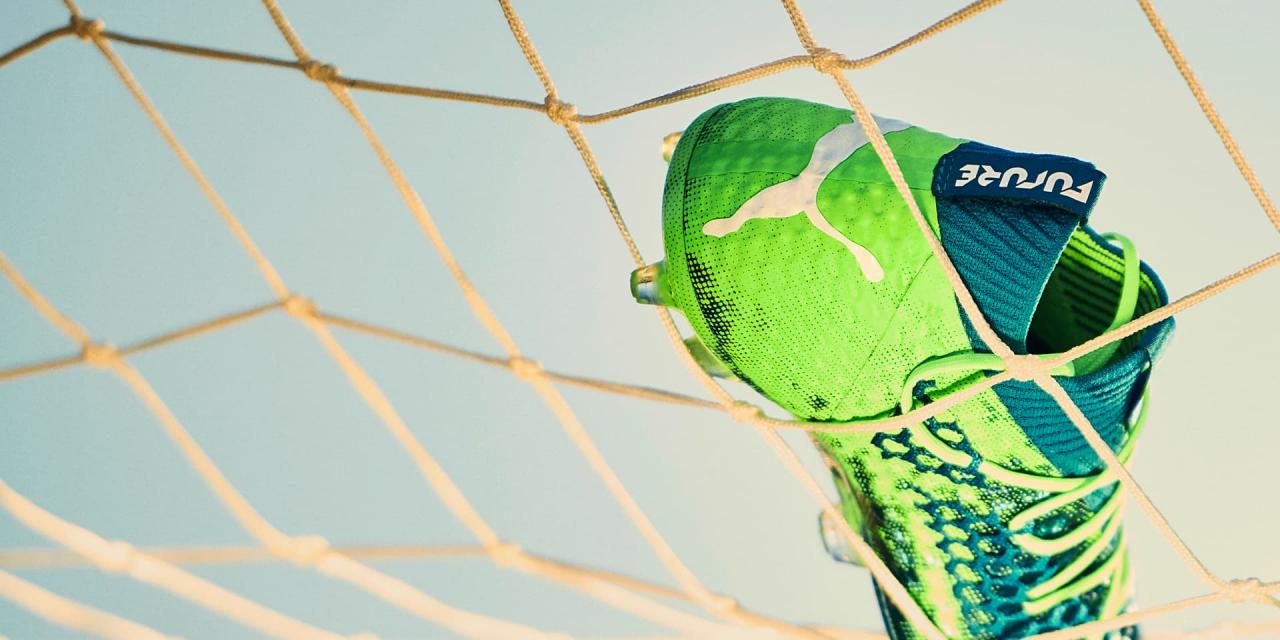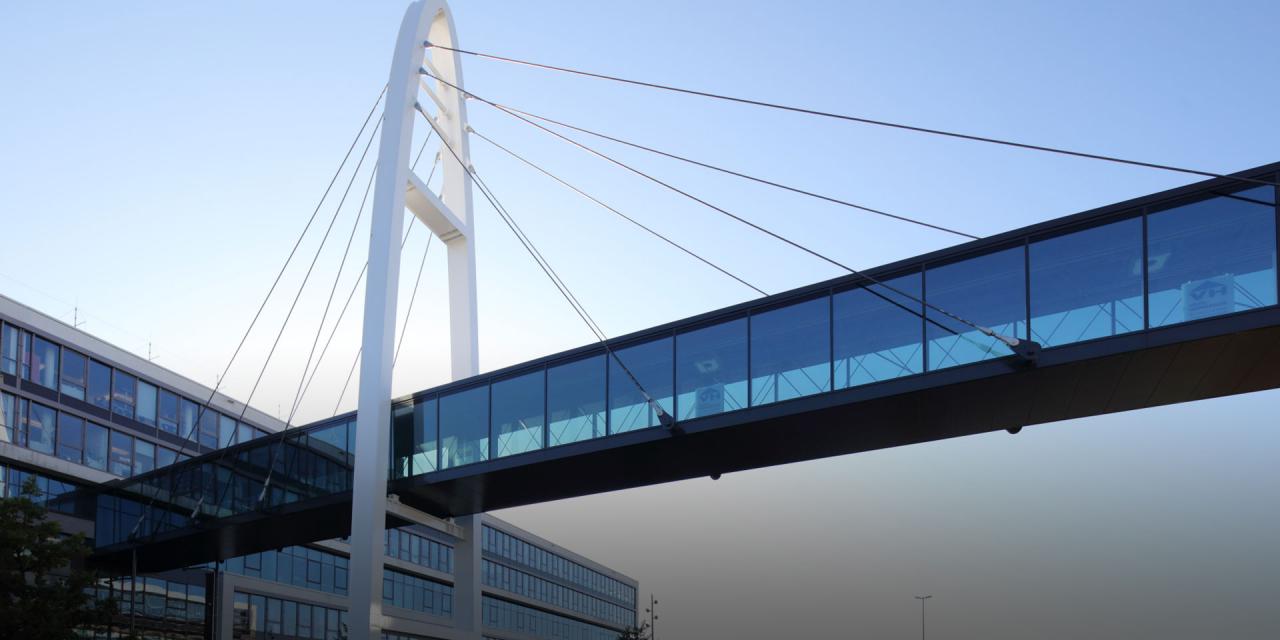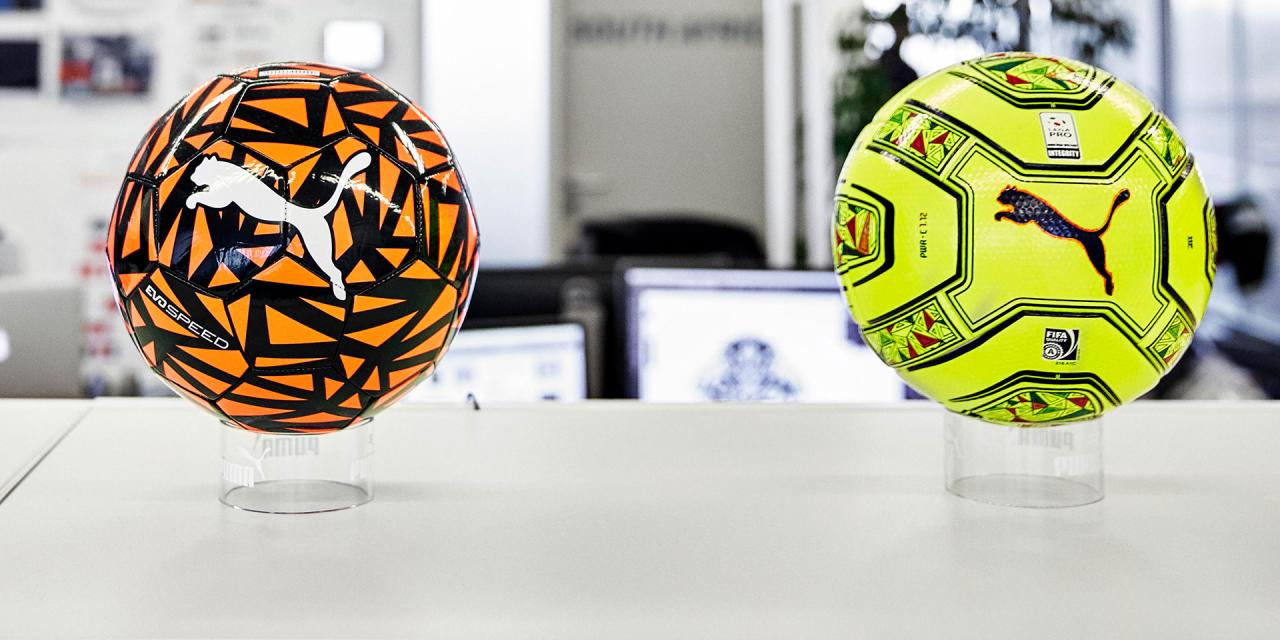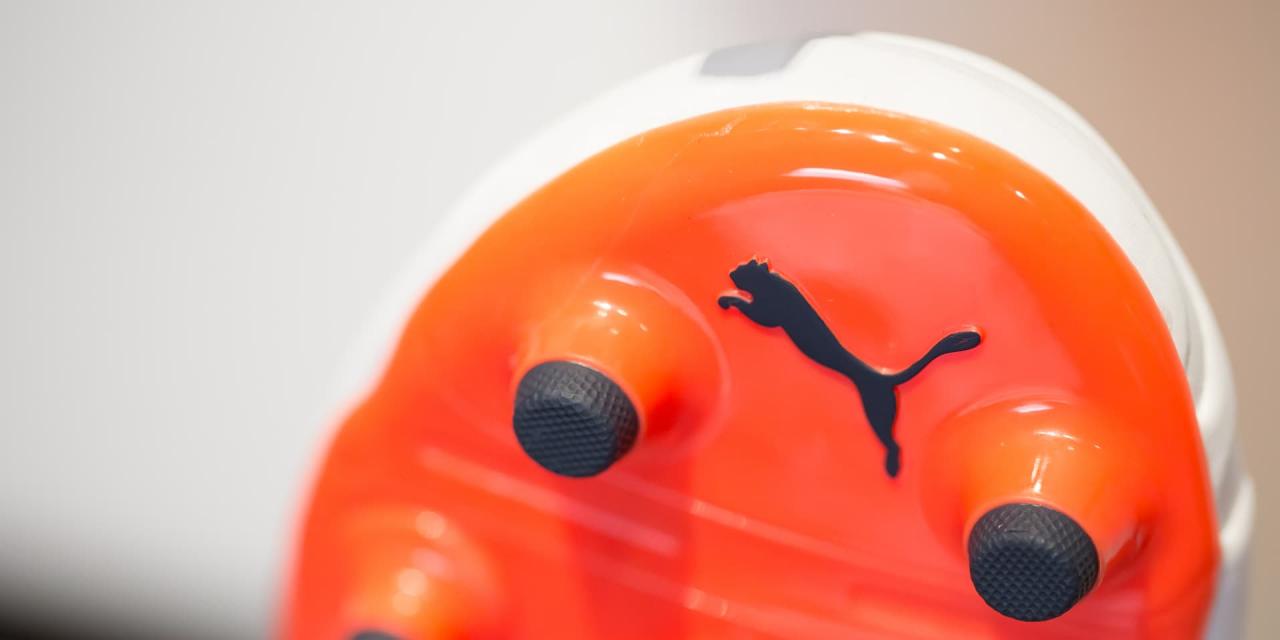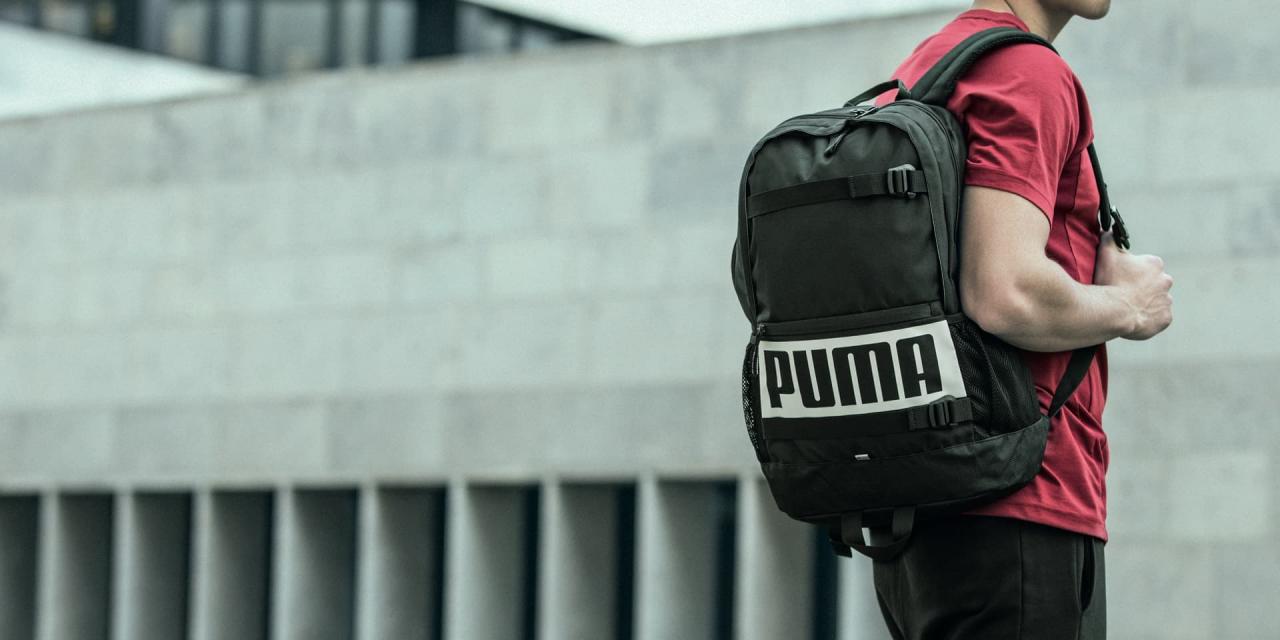Highlights Second Quarter:
- Consolidated sales up more than 4% in Euro terms and flat currency-adjusted
- Gross profit margin at 50%
- First impact of cost savings program: total operating expenses below last year’s level
- Operational result at € 63 million slightly above last year
- EPS at € 2.55 compared to € 2.98
- Strong improvement in inventories
Highlights First Six Months:
- Global brand sales reach almost € 1.4 billion
- Consolidated sales up almost 4% in Euro terms and slightly up currency-adjusted
- Gross profit margin remains above 51%
- Operating result before special items at € 177 million
- EPS before restructuring at € 8.51 compared to € 8.74 last year
Outlook 2009:
- Management expects that market environment remains challenging for the second half of 2009
- The implemented reengineering and restructuring program will continue as planned
- Continuing strong focus on working capital and cash flow improvement
Jochen Zeitz, CEO: “Despite an ongoing challenging market environment and the global economic recession, PUMA achieved a solid performance in the first half of 2009. The restructuring and reengineering program has already shown first effects and we will continue to strictly proceed while focusing on efficient measures to strengthen the brand and its products in the coming quarters.”
Sales and Earnings Development
Global branded sales
Sales under the PUMA brand, which include consolidated and license sales, reached € 636.5 million during the second quarter, a currency-adjusted decrease of 2.6% and an increase of 1.2% in Euro terms. Altogether, the quarter marked a solid performance in a globally challenging environment.
During the first six months, branded sales declined currency-neutral 2.9%. In Euro terms, sales increased 0.3% reaching € 1,374.1 million. On a currency-neutral basis, Footwear sales were down by 1.1% to € 745.6 million and Apparel 7.0% to € 460.9 million. Accessories increased by 1.3% to € 167.7 million.
Licensed business
The licensed business decreased in the second quarter by 32.2% currency-adjusted to € 36.2 million and by 37.5% to € 76.4 million for the first half due to the take-over of a licensee.
Based on licensed sales, the company realized a royalty and commission income of € 5.2 million in the second quarter versus € 6.4 million in the previous year’s quarter and € 10.2 million versus € 13.4 million year-to-date.
Consolidated sales
Currency-adjusted consolidated sales were flat compared to last year but increased in Euro terms a solid 4.1% to € 600.3 million. On a currency-neutral basis, Footwear was down 2.0% reaching € 330.0 million, and Apparel decreased 5.7% to € 203.8 million. Accessories improved by a strong 41.2% to € 66.4 million, which is mainly due to first time consolidations.
After six months, consolidated sales were up 0.4% on a currency-neutral basis and 3.8% in Euro terms to € 1,297.7 million. In spite of a challenging market environment, sales in the Americas region increased,whereas EMEA and Asia/Pacific were below last year’s level. In total, Footwear sales were € 727.1 million, representing a currency-neutral decrease of 1.4% and Apparel sales decreased 7.0% to € 426.3 million due to high comparables, which resulted from replica sales relating to the Football Euro Cup last year. Accessories were up a strong 49.1% to € 144.3 million.
Gross profit remains above 51%
The overall market environment paired with a change in the regional sales mix caused the reduction in gross profit margin in the second quarter from last year’s 52.5% to 50.0%. After six months, a gross profit margin of 51.1% was achieved compared to 53.0%. Footwear reported 49.7% versus 53.4%, Apparel 52.3% compared to 52.5% and Accessories increased to 54.9% versus 52.1% last year.
Operating expenses
Due to first effects from the reengineering and restructuring program, operating expenses decreased in the second quarter by 1.8% to € 242.2 million or from 42.8% to 40.3% of sales. During the first half, operating expenses increased only 1.8% to € 496.2 million, representing a cost ratio of 38.2% versus last year’s 39.0%.
Marketing/Retail expenses decreased 3.6% to € 253.1 million as last year’s Olympic Games and Euro Cup required a higher spending level. As a result, the cost ratio declined from 21.0% to 19.5% of sales. Other selling expenses increased by 14.4% to € 158.9 million, or from 11.1% to 12.2% of sales, mainly due to first time consolidations and currency impacts. Expenses for product development and design were up 14.7% to € 28.9 million, or as a percentage of sales from 2.0% to 2.2%. Other general and administration expenses were down a strong 9.3% and totaled € 55.3 million, representing 4.3% of sales versus 4.9% last year. Depreciation which is included in operating expenses increased by 16.3% to € 31.0 million due to full year effects from last year’s retail expansion.
Operational result before special items
PUMA achieved a solid operating result of € 63.1 million in the second quarter versus € 62.3 million last year. As a percentage of sales this relates to a margin of 10.5% compared to 10.8%.
After six months the operating result was down 5.9% from € 188.1 million to € 177.1 million. The operating margin stood at 13.6% compared to 15.0% last year.
Special Items – Restructuring charge
The reengineering and restructuring program that led to a one-time charge of 110 million in the first quarter will, for the most part, be finalized at the end of 2010. The program should provide for a more efficient business platform aligned to an expectedly challenging environment in the upcoming quarters.
Taking the special items into account, EBIT after six months amounted to € 67.1 million compared to € 188.1 million last year.
Financial result
The financial result reflects negative € 2.1 million for the second quarter versus an income of € 0.1 million last year. Negative € 3.7 million impacted the first half, while last year showed an income of € 1.0 million. Significantly lower interest rates and the accumulation of interest on purchase price liabilities led to this negative impact on the financial result.
Earnings
The company’s pre-tax profit (EBT) accounts for € 61.0 million in the second quarter versus € 62.4 million last year. Net earnings totaled € 38.5 million versus € 45.6 million, a decline of 15.6%. This results in earnings per share of € 2.55 compared to € 2.98 in the quarter.
Before restructuring costs, EBT accounts for € 173.4 million versus € 189.2 million for the first half and net earnings for € 128.4 million versus € 135.7 million, a decline of 5.4%. As a consequence, earnings per share were at € 8.51 compared to € 8.74. The operational tax ratio was calculated at 26.5% versus last year’s 28.5%.
Taking into account the restructuring costs, EBT was at € 63.4 million and net earnings at € 44.0 million in the first half of the year. Earnings per share were at € 2.92 versus € 8.74 last year.
Regional Development
Sales in the EMEA region reached € 288.3 million in the second quarter, a currency-adjusted decrease of 1.4%. Year-to-date, sales were down by 2.3% to € 654.4 million, representing 50.4% of consolidated sales. Gross profit margin was at a strong 53.5% compared to 54.5% last year.
Second quarter sales in the Americas were up 6.9% currency-adjusted, reaching € 168.6 million. First half sales increased 9.2% to € 346.7 million. The region now accounts for 26.7% of consolidated sales. Gross profit margin stood at 47.1% compared to 48.9% last year.
In the US market, sales increased by 4.8% to $ 132.7 million in the second quarter and by 4.1% to $ 271.4 million after six months.
Sales in the Asia/Pacific region decreased in the second quarter by 4.5% currency-adjusted to € 143.4 million and 2.8% after six months reaching € 296.7 million. The total region accounts for 22.9% of sales. Gross profit margin reached 50.5% versus 53.6% last year.
Net Assets and Financial Position
Equity
As of June 30, 2009, total assets climbed by 15.0% to € 2,047.8 million. Due to the higher balance sheet total, the equity ratio stood at 56.6% after 60.7% in the previous year.
Working capital
In reporting terms, inventories grew 3.0% to € 432.1 million. Inventories were down 0.7% on a comparable basis, showing a strong improvement versus end of Q1. Accounts receivables were up 6.2% (3.1% on a comparable basis), reaching € 502.8 million. Working capital totaled € 540.6 million (ex acquisition € 524.9 million) compared to € 552.1 million last year, manifesting a strong improvement in this area from the first quarter.
Capex/Cashflow
For Capex, the company spent € 24.6 million in the first half versus € 50.6 million last year. Due to the reduced capital expenditure as well as a solid improvement in working capital, PUMA’s free cashflow reached € 45.1 million compared to an outflow of € 23.6 million in last year’s comparison, representing a strong improvement over last year.
An outflow of € 61.0 million (last year: € 19.7 million) is related to acquisition cost. Taking the acquisition cost into account, the free cashflow was € -15.8 million compared to € -43.3 million last year.
Cash position
Total cash end of June stood at € 302.7 versus € 288.2 million last year. Bank debts were down from € 65.6 million to € 44.8 million. As a result, the net cash position increased from € 222.6 million to € 257.9 million year over year, underlying PUMA’s strong focus on efficient cash management.
Outlook 2009 – Market environment remains challenging
A solid first half performance and a pro-active restructuring and reengineering program, which has achieved improvements in operating expenses, working capital and free cashflow, have enabled PUMA to protect its industry leading key-financial parameters. Further improvements should be realized over the next 18 months as the program continues to yield additional efficiencies and cost savings. However, we remain highly cautious and anticipate a continued challenging and volatile retail industry due to the decline of private consumption as a result of the weakness in the global economy, which may negatively impact sales in second half.
